2019-03-18
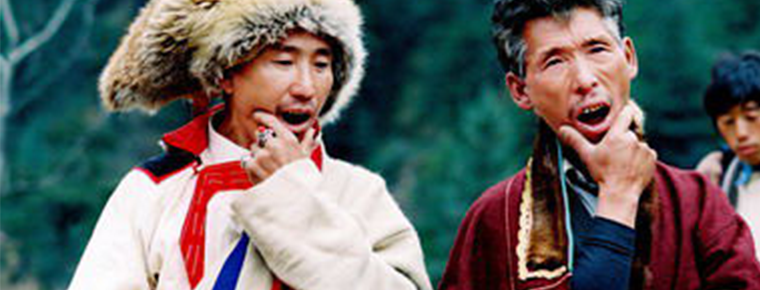
- By ChinaWiki.net
- Chinese Edition
- 2019-04-28
polyphonic folk song
Multi-voice folk song refers to a couple or a group of singers singing two or more voices at the same time. Some people call it "two-voice folk song" and "polyphony folk song".
On May 20, 2006, Hani multi-voice folk songs were approved by the State Council to be included in the first batch of national intangible cultural heritage list.
On June 7, 2008, multi-voice folk songs (Chaodor-Mongolian chorus singing, Yao butterfly song, Zhuang tri-voice folk song, Qiang multi-voice folk song, Qiaoqi multi-voice folk song, Miao multi-voice folk song) were listed in the second batch of national intangible cultural heritage list approved by the State Council.
On May 23, 2011, multi-voice folk songs (Chao Er Dao-Abaga Chao Er) were listed in the third batch of national intangible cultural heritage list with the approval of the State Council.
On November 11, 2014, Almado Vocal Folk Songs were approved by the State Council to be included in the fourth batch of national intangible cultural heritage list.
brief introduction
nongovernmental
They are commonly known as "double tones", "double tones" and "male and female voices". For a long time, people thought that there was no "polyphony" in Chinese folk vocal music works. Until the late 1940s, musicians in Southwestern Minority areas have seen a large number of such folk songs in the process of collecting folk music, which has changed the world's view. In fact, some historical documents have long been recorded, such as "Sanjiang County Chronicle" in Guangxi, Yun: Dong people's singing method is especially effective... Group by group harmony, and the voice of the voice of the voice of the voice of the voice of the voice of the voice of the voice of the voice of the voice of the voice of the voice of the voice of the voice of the voice of the voice of the voice of the voice of the voice of the There are many similar descriptions, which show that singing in the form of "many" voice has always been a tradition in this area.
distribution
The distribution of multi-voice folk songs in China is mainly concentrated in the areas inhabited by minority nationalities in the southwest and south, namely, Zhuang, Dong, Miao, Yao, Buyi, Maonan, Mulao, Wa, Lisu, Naxi, Jingpo, Yi, Gaoshan and Mongolian in the north, in Yunnan, Guizhou, Guangxi, Guangdong, Hunan, Fujian and Taiwan. The polyphonic phenomenon formed by the staggering of collar and chorus parts can also be classified into this category. The multi-voiced folk songs in minority areas are often sung in sacrificial rituals, Festival songs and dances, and folk song activities, such as Dong's "grand song", "blocking song", "Ya", "throat road", "ga whistle", "Buyi's" grand song","Xiao song","Saike", Tujia's"crying and marriage song","Butterfly song","Lele Hey"and"Huan"of Zhuang and Maonan nationalities. "Bi", Wa people's "playful tune", She people's "double tones", Alpine people's "wine song", "funeral song", "sacrificial song", Lisu people's "wood scraping base", "Youye", "swing time", "Yaqiang" of Yi people, Naxi people's "Worere fever", Mongolian people's "Chaoer" and so on. The other part of multi-voice folk songs are mainly chants sung in the productive labor, such as the "forest area chant" in the northeast, the "Chuanjiang boatman chant" in Sichuan, the "weeding song", "wine song", "wedding song", "funeral song" and "sacrificial song" in the Gaoshan ethnic group of Taiwan, and so on.
Texture Structure of Folk Songs
The texture structure of Chinese multi-voice folk songs, i.e. the combination of voices, has many forms. To sum up, there are five types as follows:
1. Rotary texture, i.e. high and low voices, enters successively, forming a vertical overlapping relationship. The above-mentioned Wa people's "play tune" and Jingpo people's "song of bamboo rice" belong to this category.
2. Imitate the texture, that is, the low voice part superposes the double voice by freely imitating the melody of the upper voice part. For example, the "ha-er" and "la-la" of the Zhuang nationality, the "whistle" and "throat" of the Dong nationality.
3. Continuous or fixed bass texture. The bass part uses the accompanying sustained long tone, rhythmic sustained tone or fixed melody tone to juxtapose and contrast with the upper part. The two parts are "moving" and "static", which complement each other and integrate into one. Such as Dong's "narrative" song and "voice" song, Naxi's "wore fever" and so on.
4. Supportive texture, a texture consisting of a melodic voice part and a new voice part formed by decorative changes on its basis. Its main feature is that the main tone is distinct and prominent, and the supporting voice only serves as a foil. Such as the "Shangjia Mountain Song" of the Zhuang nationality, the "North-South Road Mountain Song" and the "Butterfly Song" of the Yao nationality.
5. Harmony or contraposition texture, high and low voices have their own melodic state, so the two voices are in the same position, but sometimes synchronized and sometimes staggered, reflecting a strong color of harmony. Such as Lisu's "Wood Scraping Base" and "Pushing Time", Alpine's "Harvest Sacrifice Song" and so on.
Most of the above textures use intensive intervals of the same, second, third, fourth and fifth degree. One of the most characteristic is the extensive use of second-degree intervals. It appears frequently in the multi-voice folk songs of many nationalities, not accidentally, but consciously through long-term singing practice. Its unique color has become the most distinctive feature of Chinese multi-voice folk songs.
Mongolian and Kirgiz people living in northern China also have multi-voice folk songs. It is worth mentioning that the Mongolian people have a special way of singing. The Mongolian language is called "Humai", and the scholars call it laryngeal art. It is composed of two parts sung by one person. Its singing principle is that when the vocal cords continue to produce solid sound, the high part overtone is produced by the impact of breath, and the overtone is made into melody by the adjustment of breath. At the same time, the overtone is strengthened and the solid sound is weakened, so that the solid sound becomes a continuous bass. There are two types of Humai of Mongolian nationality. One is Uyingen Humai, the melody is gentle and graceful; the other is Hari Black Hot Humai, the melody is straight and simple. Humai singing is often used in folk singing in wine banquets and festival activities, and sometimes combined with Mongolian storytelling.
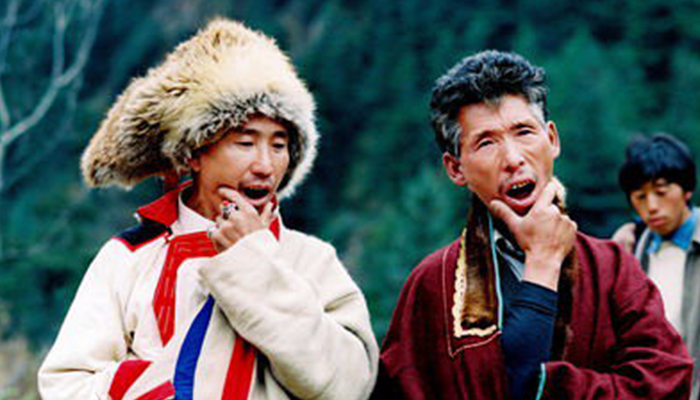
Ask a Question
Your email address will not be published.
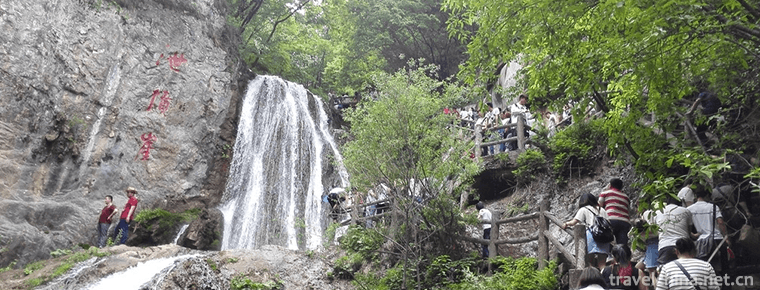
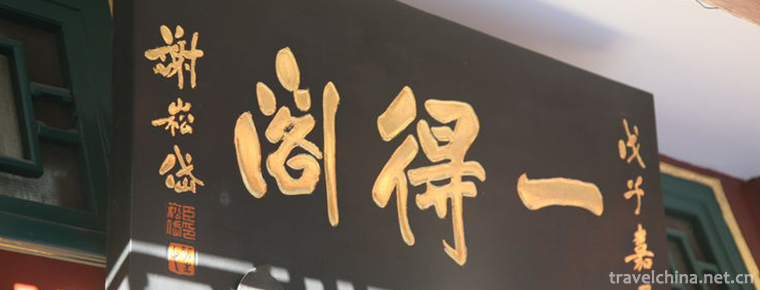
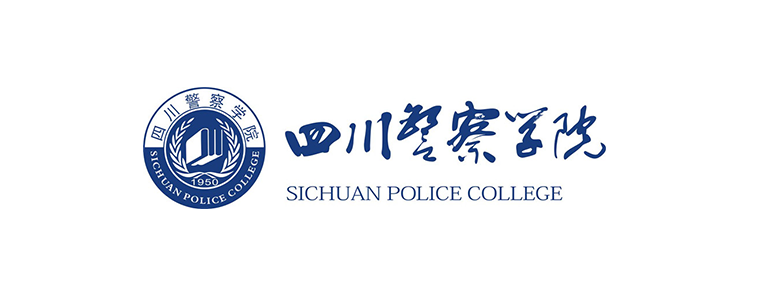
0 Questions